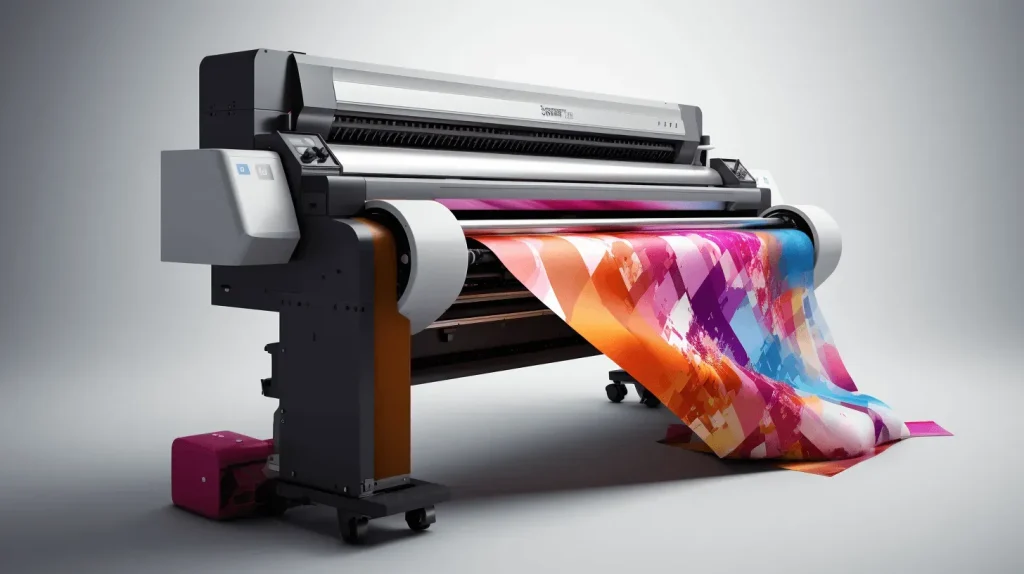DTF printing, or Direct-to-Film printing, is revolutionizing the landscape of custom apparel printing, making it a go-to choice for both enthusiasts and small business owners. This cutting-edge technique produces vibrant, full-color prints that seamlessly adhere to a wide variety of fabrics, opening doors to endless design possibilities. To embark on your DTF printing adventure, it’s essential to familiarize yourself with the necessary equipment, including a DTF printer, heat press machine, and high-quality DTF transfer film. Whether you’re a seasoned entrepreneur or a newcomer eager to delve into the world of custom apparel, understanding the fundamentals of DTF printing can significantly impact your projects. In this comprehensive guide, we will cover everything from selecting the best DTF printing equipment to tips tailored for beginners, ensuring you’re well-prepared for your printing journey.
Often referred to as Direct-to-Film printing, DTF printing involves transferring designs from a specialized film directly to fabric, creating an efficient and colorful alternative to traditional printing methods. This process is especially popular in the realm of custom clothing manufacturing, where detailed graphics and varying fabric types are often the norm. By utilizing a heat press machine in conjunction with DTF transfer films, users can achieve high-quality prints on a multitude of textiles, allowing for greater creativity in apparel design. For those new to this technique, mastering DTF printing can seem daunting; however, with the right tools and knowledge, anyone can uncover the advantages of this innovative printing solution. As we explore further, you will gain insights into the vital equipment, effective techniques, and practical tips for diving into DTF printing.
Understanding DTF Printing Basics
Direct-to-Film (DTF) printing is a modern technique designed for producing vivid designs on fabric. This process involves printing the desired graphics on a special film, which is then transferred to fabric using a heat press. DTF printing stands out because it doesn’t require complex setups for multiple colors like traditional screen printing does. This efficiency makes it incredibly appealing for small business owners looking to create custom apparel quickly and affordably.
Beginners in the realm of apparel printing may feel overwhelmed by the various options and technologies available. However, understanding the foundational principles of DTF printing can significantly ease this process. By learning about the machinery, such as DTF printers and heat press machines, as well as materials like DTF transfer films and inks, novices can navigate their way towards successful print jobs with confidence.
Frequently Asked Questions
What equipment do I need for DTF printing?
To get started with DTF printing, you’ll need several key pieces of equipment: a DTF printer designed for transfer film, high-quality DTF transfer film, hot-melt adhesive powder, a reliable heat press machine, and graphic design software like Adobe Illustrator or CorelDRAW. This essential DTF printing equipment ensures vibrant and durable prints on various fabrics.
How does DTF printing differ from traditional printing methods?
DTF printing, or Direct-to-Film printing, differs from traditional methods like screen printing in that it allows for full-color designs printed on transfer film, which are then heat-pressed onto fabric. This process is more cost-effective and time-efficient, enabling the creation of intricate designs without the complexity of multiple setups required in traditional printing.
Can I use any type of heat press machine for DTF printing?
While you can technically use any heat press machine for DTF printing, it’s best to invest in a model that offers precise temperature and pressure control. This is critical for achieving optimal results when transferring your DTF prints to various fabrics, ensuring even heat distribution for durability.
What is DTF transfer film and why is it important?
DTF transfer film is a specialized film used for Direct-to-Film printing, where designs are printed before being transferred to fabric. The quality of the DTF transfer film is crucial, as the thickness and durability of the film directly impact the vibrancy and longevity of the final print.
Are DTF printing inks different from regular inks?
Yes, DTF printing inks are specially formulated water-based inks optimized for flexibility and durability. Unlike standard inks, these DTF inks are designed to adhere well to transfer films and produce vibrant colors, making them essential for high-quality custom apparel printing.
What beginner tips do you have for getting started with DTF printing?
For beginners in DTF printing, consider investing in high-quality equipment to avoid future issues. Familiarize yourself with graphic design software, utilize online resources and community forums for learning, and experiment with different materials. Understanding the essential concepts and processes will help you achieve better results in your DTF printing endeavors.
| Key Component | Description |
|---|---|
| DTF Printer | The core equipment designed to print directly onto transfer films using special inks, ensuring vibrant results. |
| Transfer Film | A specialized film where designs are printed, impacting print output quality based on thickness. |
| Hot-Melt Adhesive Powder | A binding agent applied to the wet ink that ensures proper adhesion to the fabric during transfer. |
| Heat Press Machine | Used to transfer prints from film to fabric, crucial for even heat distribution. |
| Graphic Design Software | Software such as Adobe Illustrator or CorelDRAW for creating detailed designs prior to printing. |
| DTF Inks | Specially formulated, water-based inks that ensure vibrant colors and longevity of prints. |
| Cleaning Supplies | Essential for maintaining printer performance and achieving consistent print results. |
Summary
DTF printing is revolutionizing the custom apparel industry with its ability to produce high-quality, vibrant prints efficiently. This printing technique simplifies the process of transferring intricate designs onto various materials, making it an ideal choice for both small business owners and DIY enthusiasts. Understanding the fundamental components, such as the DTF printer, transfer films, and other essential equipment, is crucial for achieving stunning results. As you embark on your DTF printing journey, keep in mind the importance of selecting high-quality materials and staying informed about best practices. By doing so, you can create eye-catching apparel that stands out in a competitive market.



